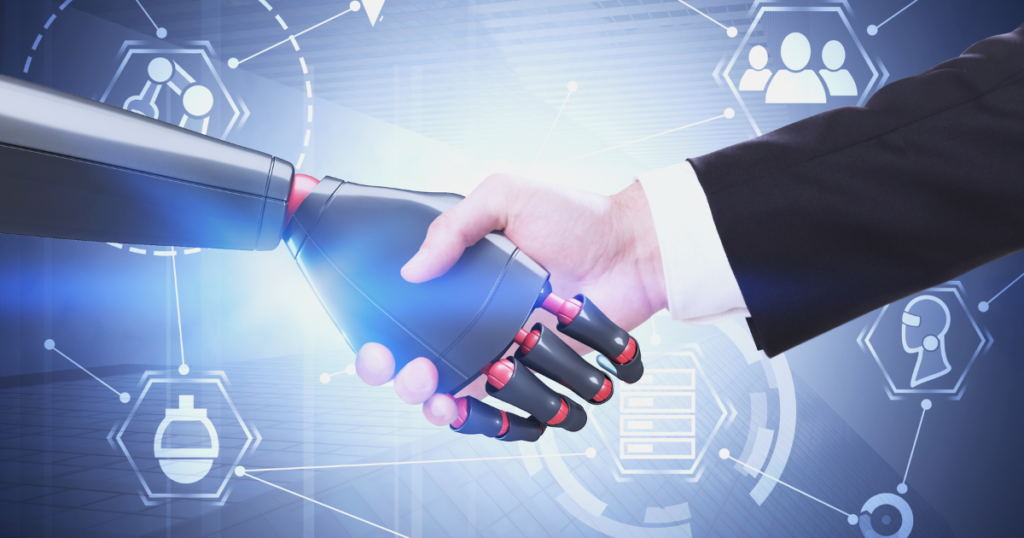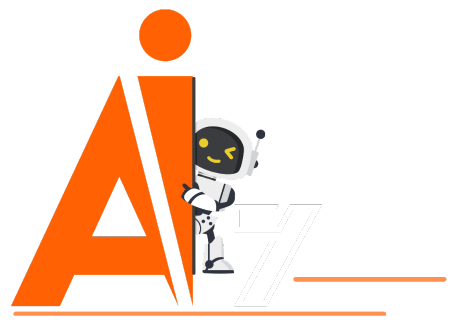A Newbie Guide to OpenAI and ChatGPT for Beginners For 2023
Hello, you unique individual! We’re about to go on a fun journey into the magical world of OpenAI and ChatGPT. Don’t worry; it’s not as complicated as it looks. Picture this: OpenAI is like a vast, innovative library. ChatGPT is like a helpful librarian who lives inside it and is always ready to answer any questions. So, let’s get started!
What’s OpenAI?
OpenAI is like a super-smart group of computer scientists with great brains. OpenAI helps computers think, solve problems, and learn new things, just like your brain enables you to think, solve problems, and learn new things. It was made so that machines could better understand and talk to people. So, the next time you speak to a computer tool, remember it has some OpenAI magic!
What’s ChatGPT?
ChatGPT is a helper robot that is part of OpenAI. It can talk to you just like your friends do. It can tell stories, answer questions, write articles, and even help with homework. The “GPT” stands for “Generative Pretrained Transformer,” which is a fancy way of saying it is good at making up words and sentences

Here are a few examples of what ChatGPT is:
1. ChatGPT is a Computer Buddy: Imagine having a friend inside your computer or phone, ready to chat with you anytime. That’s what ChatGPT is like!
2. Super Smart: ChatGPT is very clever. It has read lots (and I mean LOTS) of books, articles, and websites so that it can answer many of your questions.
3. Awesome Helper: It can help you with homework, tell you facts about dinosaurs or space, or even help you create a story for your English class.
4. Friendly Chatterbox: You can chat with it like your friends. You ask it something or tell it to do something, and it will respond.
5. Always Learning: The most remarkable thing about ChatGPT is that it’s always learning and improving. So, the more you talk about it, the smarter it becomes!
6. Safe and Respectful: ChatGPT is designed to be safe and respectful. It’s a kind computer friend that respects everyone and treats them nicely.
Remember, ChatGPT is a tool made by intelligent people called scientists and programmers, so it can be your friend and helper in learning new things or solving tricky problems. But like with any tool, it’s essential to use it wisely and with an adult’s guidance.
How will OpenAI and ChatGPT help you?
Here are some ways that OpenAI and ChatGPT can become your new best friends:
- Homework Helper: Stuck on a complex math problem or need help finding the right words for your English essay? Talk to ChatGPT! It can help you understand things or give you ideas for your work.
- Storyteller: Are you bored and want to hear a story? ChatGPT can tell a story about anything, like princesses, aliens, or even animals that talk.
- Check the facts: Have you ever had a question but not known how to answer it? ChatGPT is an excellent tool for checking facts. It can tell you almost anything you want to know!
- Language Learning: ChatGPT can help you learn a new language. It can fix your spelling and teach you new ways to say things.
How can OpenAI and ChatGPT improve jobs in the future?
Imagine a world where robots like ChatGPT can help us do our jobs better.
- In schools, ChatGPT can be used by teachers to make fun lesson plans or by students to improve their learning.
- In offices, professionals can use ChatGPT to save time and effort while writing better emails or reports.
- Shop owners can use ChatGPT to answer customer questions about goods in shops.
- In hospitals, ChatGPT can help doctors understand medical studies faster and care for their patients better.
So, OpenAI and ChatGPT aren’t scary. Instead, they’re friendly and ready to help you out. Remember that they’re there to help you; like any other tool, they work best when used correctly.
The Future of AI
Artificial intelligence is already a significant part of our lives, and it’s expected to become even more so in the future. ChatGPT, a prime example of AI, will likely continue developing and improving, bringing about numerous changes.
Improved Natural Language Understanding
In the future, ChatGPT and other AI language models will better understand human language. This means they’ll more effectively interpret and respond to complex queries. They’ll realize nuances, humor, cultural references, and emotions, making interactions more conversational and natural.
Real-time Learning
While ChatGPT doesn’t learn from its conversations, future iterations may have real-time learning capabilities. They could dynamically update their knowledge and responses based on new information. For instance, if you mention that you enjoy horror novels, the AI could remember this preference for future interactions.
Customization and Personalization
Future AI will likely offer more customization. You might be able to adjust ChatGPT’s personality, style, or expertise according to your needs. For example, you could have a friendly ChatGPT for casual conversations and a professional one for work-related tasks.
Multimodal Capabilities
While current AI models like ChatGPT primarily process text, future models could become multimodal, processing text, images, or even sound. This could allow more dynamic interactions. For example, you could ask the AI to comment on a photo or describe a sound clip.
Augmented Creativity
ChatGPT already shows a certain level of creativity in generating text. As AI evolves, it may help users create more complex works, like writing a novel, composing a song, or even producing a movie script.
Intelligent Assistance
AI will become an integral part of various professions. Doctors could use AI for quick diagnoses, while teachers could use it to create personalized learning plans. ChatGPT could assist with tasks ranging from writing business emails to creating project plans.
Ethical Considerations
As AI evolves, we must consider ethical issues like privacy, consent, and bias. We’ll need guidelines to ensure AI, like ChatGPT, is used responsibly and respects users’ rights and values.
In Conclusion
So, while the future of AI and ChatGPT holds immense promise, it also presents challenges. It’ll require continuous learning, adaptation, and careful management to ensure these technologies benefit everyone.

